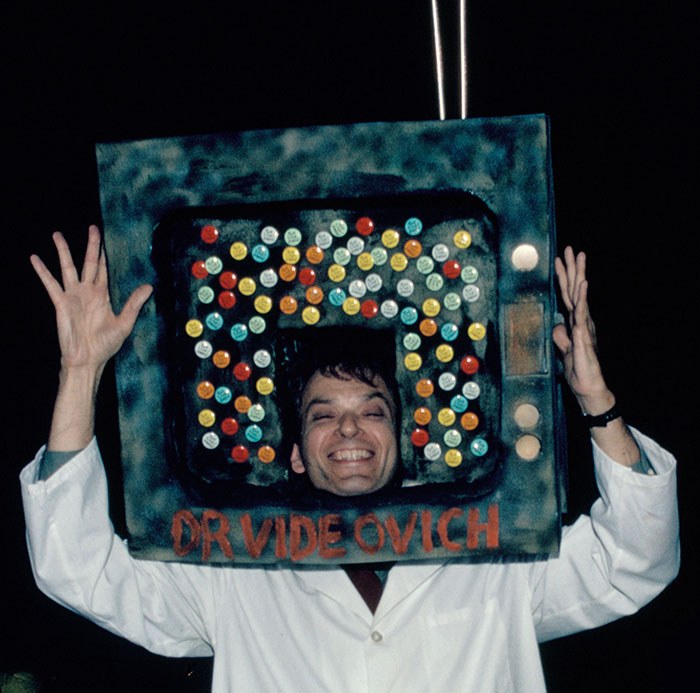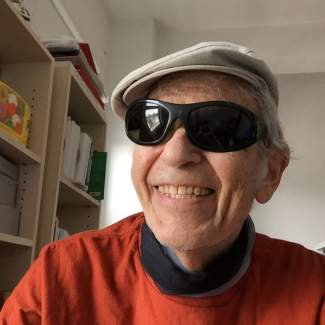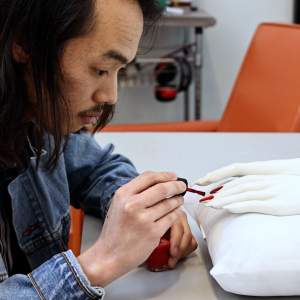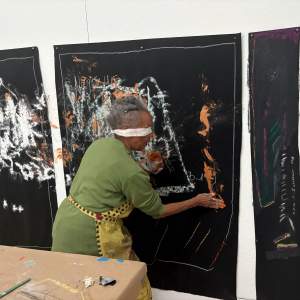Creating a Living Legacy: Jaime Davidovich
Jaime Davidovich

Can you share what has changed for you as a result of being a part of the CALL program?
One of the main things that changed is the acceptance of being both an artist and business person. It sounds very cliché but it is true! In my early days of SoHo they were two types of artists: the ones who had to work very hard in menial jobs to survive and in many cases also support a family and the others who could afford to do their art full time, thanks to the family trust fund. For those of us who struggled to survive, it was extremely difficult to just do our art, so the business aspect was neglected and not considered as important. Now in retrospect, I realized how wrong I was. If you create and it is not preserved properly, the work destroys itself. The reality is that an artist is a small business owner and as such we must take care of business.
Can you give us a sense of what needed to be accomplished when you started working with the CALL program?
The first thing is mental. Allocating a specific amount of time to take care of the work. Instead of dedicating 100% of my time to making the work, I restructured my time: 60% in the studio and 40% to organizing, inventorying and documenting the work. My first step was to calm down, take a deep breath and think about the process of getting the work organized. I did not realize how involved the process would be. I feel very blessed to have Alison Owen as my legacy specialist. She was my spiritual light showing me the way. Shervone put a lot of planning and discipline in setting up objectives. Because of Shervone, I now appreciate paper work and bureaucracy...many times I felt it was too much. At those times again, I sat down, took a deep breath and continue to do it in small steps.
What has been the most rewarding aspect of this work?
The most rewarding aspect is to have an actual database. We were able to catalog over 500 pieces. As a direct result, dealers, collectors and curators started paying attention. They could receive a detailed record of specific works. Because of the database I was able to sell major pieces. My hope is to continue maintaining and updating my database with new and previous works.
What has been most difficult?
The most difficult part has been syncing video to the database. We are currently using a home video format to store all my videos and the database to store my two dimensional work.
What do you recommend to artists who might be in the early stages of creating an inventorying system?
Do not wait! I know the production and creation of the work is top priority, but the preservation is just as important. For many artists, balancing your time between creation and preservation may not seem like a viable situation, especially if your day job dominates majority of your time. My advice may be taken as very radical! Create less work and preserve more! Fewer works well preserved have more value than many works poorly kept.




